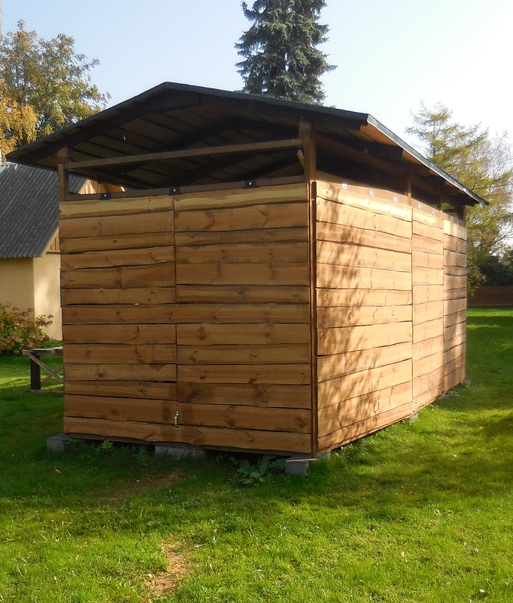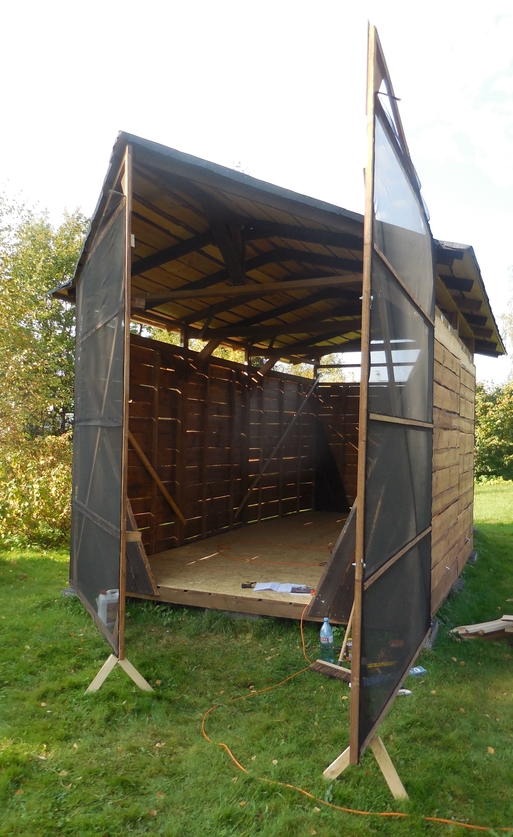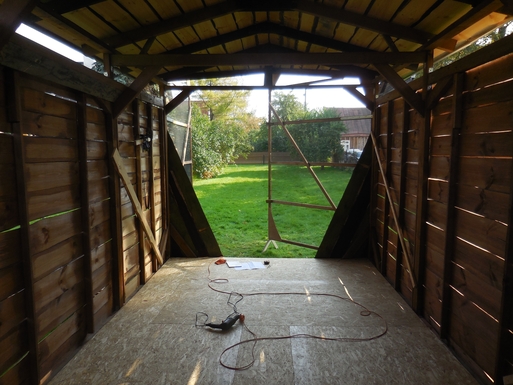Building a boat again
So… it could have been the 2020 quarantine blues - or as a friend later suggested - the onset of mid-life crises. Probably both or something whatever completely else although I must admit the only things relating to mid-life crises for me up to now is the song by Faith No More and an Estonian 1986 movie Keskea rõõmud ( The Joys of Midlife) - with the term used in the movie title oddly in colloquial language also used to denote longjohns.
Anyway. Somewhere in the beginning of May the idea formed that a cruising sailboat is required and as with the previous boat I’ll be trying to DIY with maybe only some parts purchased or done somewhere by somebody else. As with the previous boat I found the plans I like off Svenson’s free boat plans page which hosts a myriad of plans from Science and Mechanics and Boat Builder Handbooks of the old. The one that I liked and decided to go for is this 24ft motor-sailer by William D. Jackson.
All’s nice and all but since this will be a project spanning multiple years then (drawing on previous experience) it would be better to have some kind of roof over and walls around the building space. And even if opting for building outside there’s going to be the problem of finding a suitable lofting space for drawing up full sized plans of the boat. Because nails will be driven into the floor for drawing faired arcs.
Building space
Speaking in geographic terms, the area of the boat’s bounding box would be approximately 2.75m * 7.5m = 20.6m2. And this discards all requirements of needing space around the boat skeleton during build aswell.
Now, the problem is that the government regulations require all buildings with (some legal this-and-thats but as a rule of thumb) an orthogonal projection area more than 20m2 to have proper plans drawn up, a ton of permissions acquired, state fees paid etc.
Powered with a pencil and a piece of paper I set out to shape the shed so that it would have some space around the boat and at the same time minimize the on-the-ground area. The final design that I came up with is actually shaped like a boat and expressed as a PostGIS query as
select
st_buildarea(
st_rotate(st_translate(st_makeline(array[
st_point(0, 1.5),
st_point(1.5, 3.0),
st_point(5.05, 3.0),
st_point(7.5, 2.75),
st_point(7.5, 1.5),
st_point(7.5, 0.25),
st_point(5.05, 0.0),
st_point(1.5, 0.0),
st_point(0, 1.5)
]), pnt.x, pnt.y), pi()*0.80, pnt.x, pnt.y)) as shed
from (select 0 as x, 0 as y) as pnt;
/*which yields an onground area of just under 20m2*/In order to maximize building space all walls have been designed as lift-up doors. Although this in turn means that since diagonal supports will not extend the full sides of walls the construction will be a wee weaker. To mitigate that I’m keeping temporary diagonal supports at locations so they can be removed and placed in a different location as required. The shed’s stern (pun intended here and afterwards) is 2.5m wide and moving forward this increases to 3m at about the boat’s station #6 as seen in the following photo.

In the fore it has a triangularly shaped roof extending out 1.5m from the solid floor covered area. This is the area where the stem part of the boat will be built. The doors for the shed are quite light having only mosquito-netting as a cover (because of missing real diagonal supports). Hopefully this will keep most of the rain/snow trying to come in sideways out. But will see by springtime next year.

I’m still hesitant if I’ll be able to do the whole building process (including planking the hull and building the deck and so on) inside. Could happen that I will have to move outside already for attaching chines (two beams of appr 7.5m of 4.5*9.5cm) to the sides of frames connecting the aft and fore ends of the boat. But there are a few options that might be considered here.. but all in good time and will try to solve problems as they arise and not worry too much what, when and how.

Still have a few things to finish with the shed but otherwise lofting can begin.